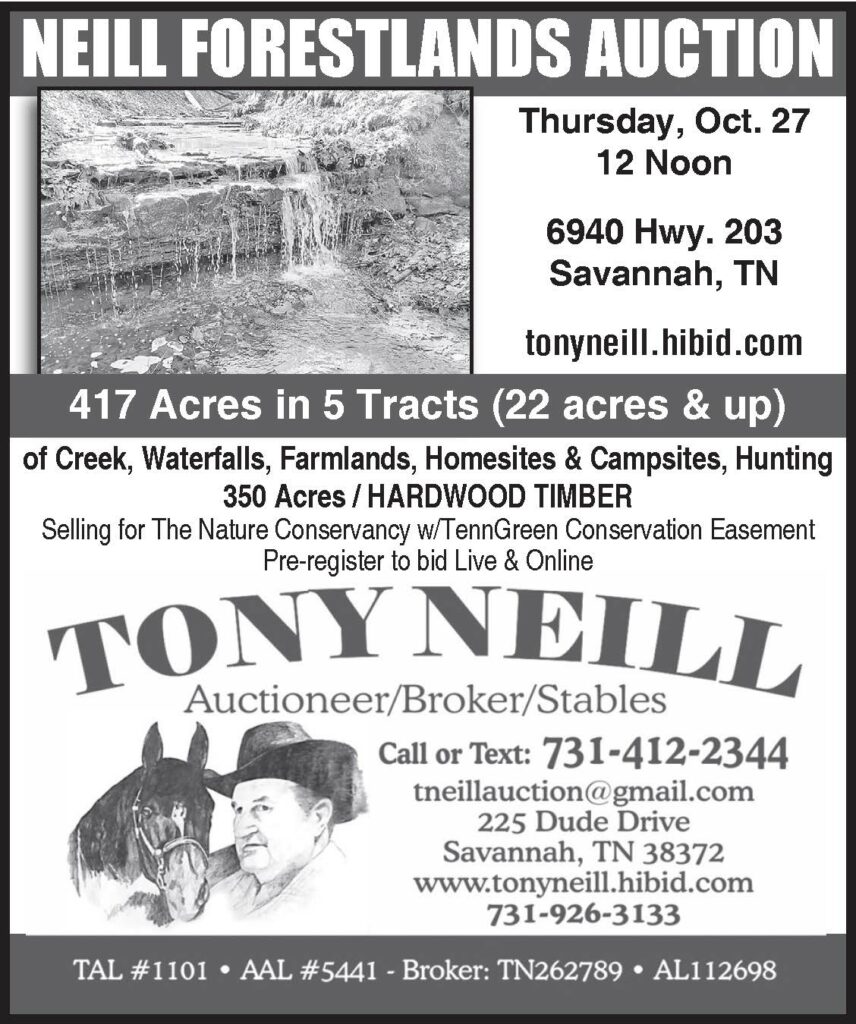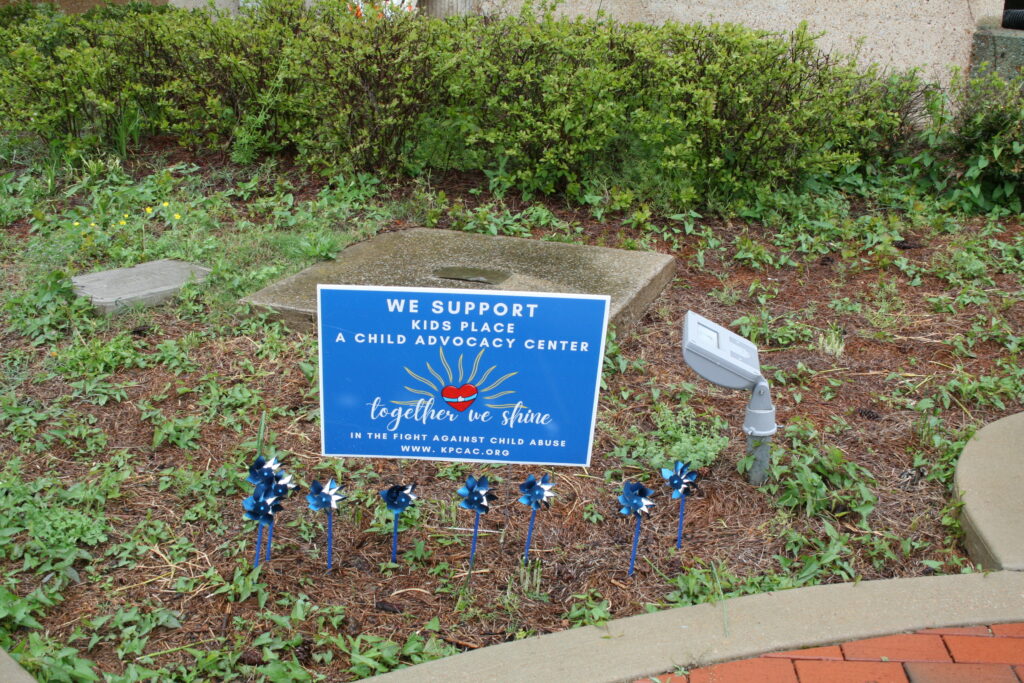A couple of weeks ago I talked about planning to make repairs to your hay feeding areas that will be damaged by winter feeding. Dr. Katie Mason, UT Beef Specialist, recently submitted an article to UT Beef & Forage Center’s website outlining short and long-term options to help manage muddy feeding conditions now. Below is an excerpt from her article:
Not only does mud create problems around hay-feeding areas, but it also affects cattle performance. Excess mud creates a suction on legs and hooves, making it challenging for animals to walk through to and from the feeding area. Four to 8 inches of mud can decrease intake by 4 to 8% because animals may choose to stand still rather than walk through it. There are a few ways control mud accumulation to mitigate damage in hay-feeding areas and limit negative effects on animal performance:
Short-Term:
1. Identify well-drained areas to feed hay and supplement. Low-lying areas retain water and do not dry out as quickly.
2. Start at the back of a pasture/pen when feeding hay, and throughout the hay-feeding period, move the hay ring closer to the gate. This means less trips all the way across the pasture, reducing wheel traffic across the area.
3. Consider reduced-labor feeding options. Reduced-frequency feeding and bale grazing are ways to reduce daily feeding trips but must be done correctly to ensure that there is no ruminal upset or decreased animal performance.
Long-Term:
1. Consider creating a sacrifice paddock or heavy-use feeding area. Within this hay-feeding area, construct a concrete pad or use stone and geotextile fabric to reinforce the area that gets heavy traffic. While this method may not be able to be implemented in the thick of wet muddy conditions, it is something to consider for future winters.
2. Address equipment and facility challenges as appropriate, such as acquiring 4-wheel drive tractor(s) and hauling and spreading gravel into areas where needed.
There is not a “one size fits all” approach to help reduce problems associated with muddy feeding areas. Hopefully the considerations above help you make the best of it!
If you are in need of Master Beef Producer Recertification, please call our office at 931-722-3229 or e-mail Megan Harris at [email protected].







